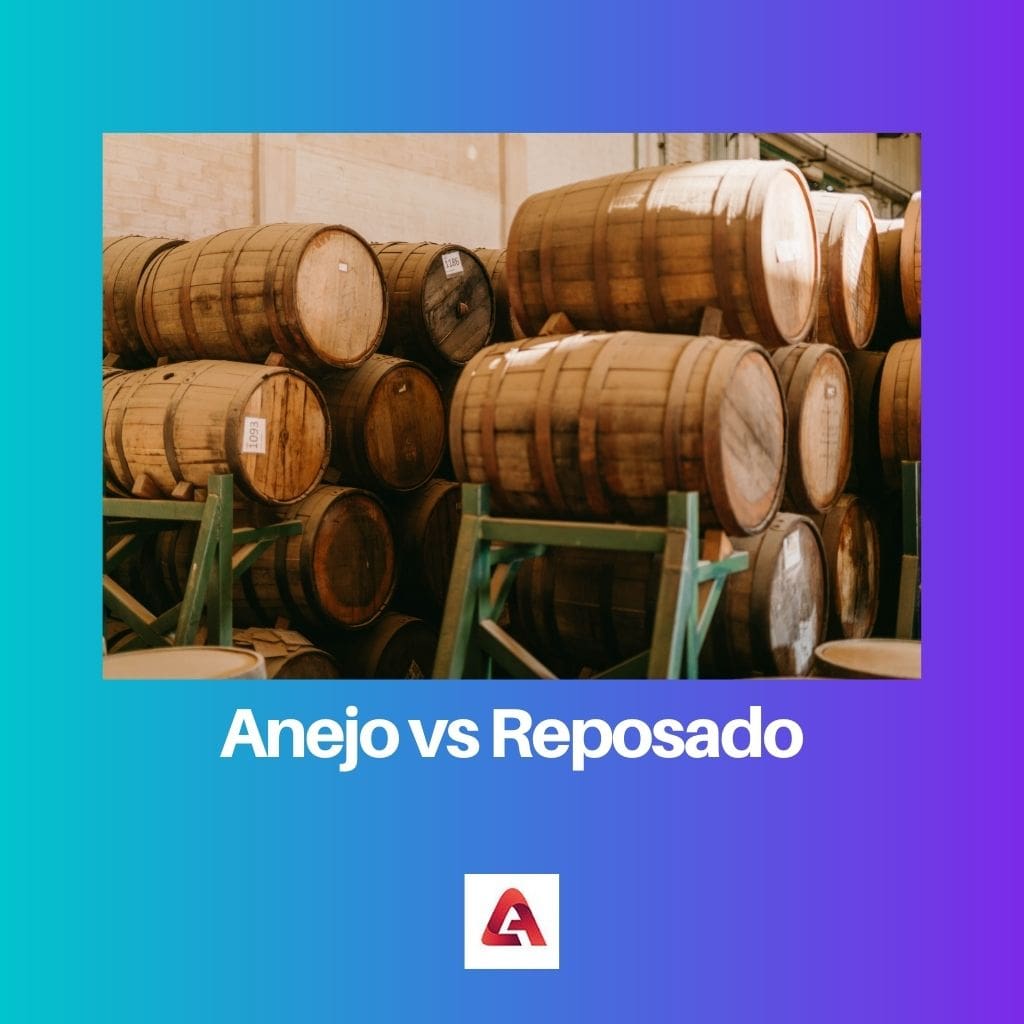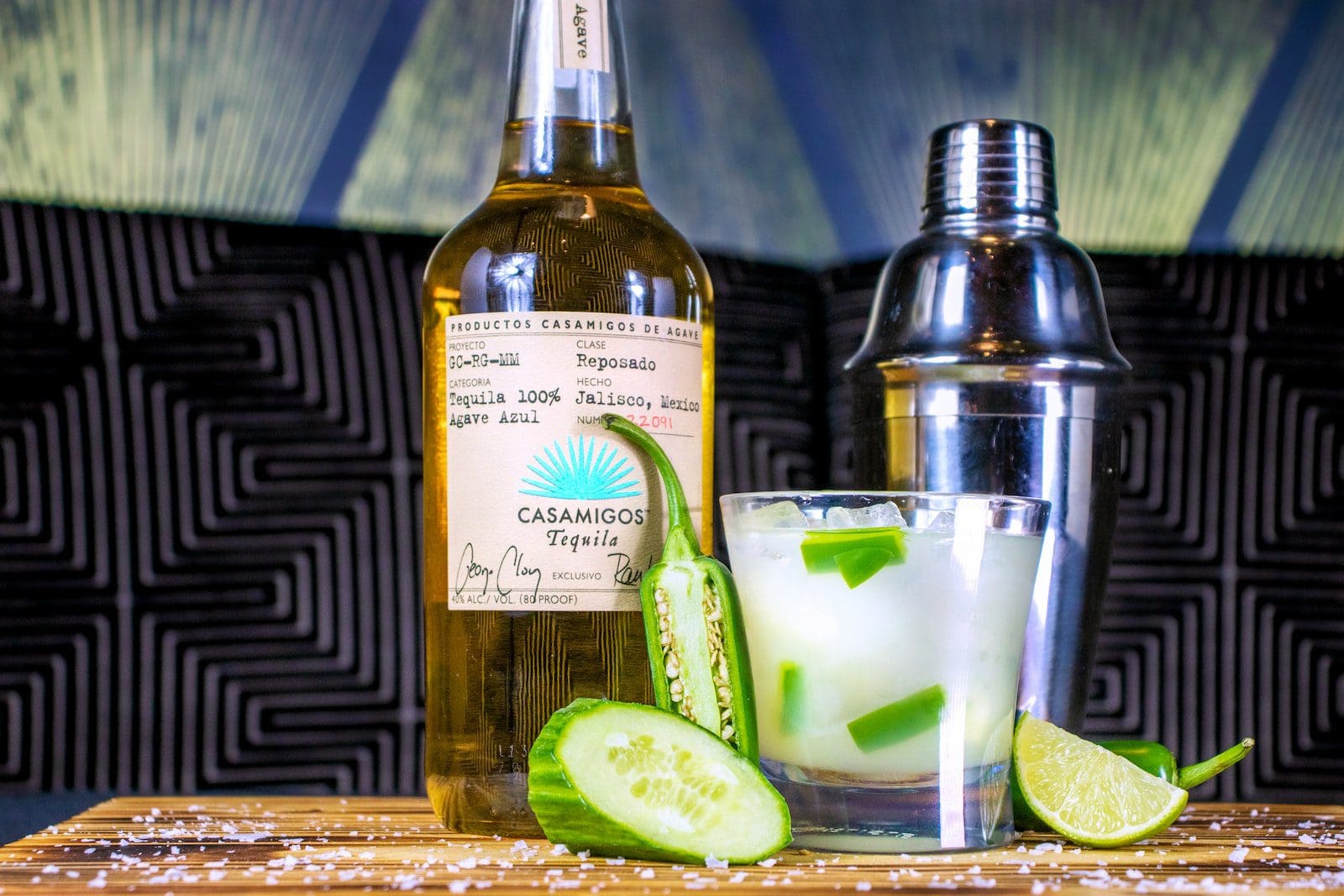Tequila came into existence in the 16th century. It is a fermented beverage from the plant agave pinas.
The place where Tequila was made for the first time is now known as the city of Tequila, Mexico. It was first produced on a large scale by Don Pedro Sanchez de Tagle in Jalisco.
Don Cenobio Sauza, who founded the Sauza Tequila, first exported this indigenous drink to the United States. Then the Mexican Government declared Tequila as its intellectual property in 1974.
Now there are over 2000 brands worldwide producing Tequila. The original Tequila from the agave plant was never ordered to be flavoured, unlike the other flavoured tequilas.
Key Takeaways
- Anejo is a type of aged tequila that has been stored in oak barrels for a minimum of one year, resulting in a darker color, complex flavors, and a smoother taste.
- Reposado is another type of aged tequila, stored in oak barrels for a shorter period (two months to less than one year), offering a balance between the agave flavors and the oak’s influence.
- Choosing between “anejo” and “reposado” tequila depends on personal preferences for flavor complexity, smoothness, and aging characteristics.
Anejo vs Reposado
Anejo is a type of tequila that is aged in an oak barrel for 1 to 4 years. It is aged longer than most tequilas, giving it a rich taste with notes of vanilla and cinnamon. Reposado is aged for 2 to 12 months and has a smooth flavor with notes of oak, vanilla, and caramel.

Anejo, in the literal sense, means aged or vintage. In 2006 the ultra-aged tequila was introduced. Anejo is aged around one year to three years.
It is kept in small barrels from whiskey or bourbon distilleries. It is darker in colour.
On the other hand, Reposado means rested. This type of Tequila is aged for around two months to a year.
It is stored in barrels of oak, preferred from Canada and France. These are also stored in barrels having a capacity of twenty thousand litres.
Comparison Table
| Parameters of Comparison | Anejo | Reposado |
|---|---|---|
| Meaning | The word Anejo stands for vintage/old in Spanish. | The word Reposado stands for rested in Spanish. |
| Colour | It is brownish. | It is slightly yellow in comparison to Anejo. |
| Age | The minimum time that Anejo is aged is one year, and the maximum is three years. | The minimum time that Reposado is aged is two months, and the maximum is one year. |
| Storage | It is kept in small barrels. The maximum quantity of these barrels is 600 litres. | Reposado can be kept in all barrel sizes. These are even kept in barrels having a capacity of 20,000 litres. |
| Taste | Anejo has a more complex flavour. This is because it is aged for a longer duration. | Reposado has sort of an oak flavour. |
What is Anejo?
Anejo is the Spanish word for old or vintage. As its name suggests, it is aged for a long time.
The process of making Tequila is a lengthy one. Tequila is made from the agave plant.
First, the agave pina is shredded to extract the sugar from the fibres. At the end of the extraction process, a solution of water and pulled agave sugar is obtained.
Then this solution is cooked to be converted into fermentable sugars. This is done through the process of hydrolysis.
This process takes around six hours and converts the complex sugar inulin into fructose and glucose. After this, anaerobic fermentation takes place in stainless steel tanks.
It also includes a mix of nutrients and yeast. This is followed by the process of distillation, where water is removed from the fermented agave juice.
In the second round, Tequila is obtained. This liquid is filtered to make sure there is no particulate matter.
This is known as silver Tequila, which has the most natural flavours and is clear, i.e., has no colour. Anejo, on the other hand, is brown. This is because after Tequila is obtained, it undergoes an ageing process.
Anejo is kept for one year to three years for ageing, giving Anejo a very complex flavour.

What is Reposado?
Reposado is the Spanish word for rest. Unlike Anejo, it is kept for ageing for a smaller duration, preferably from about two months to one year.
For ageing, the Tequila is matured by storing it in barrels for some time. The ageing process allows Tequila to absorb the complex constituents of wood, giving it its smell and taste.
The reaction of Tequila with the wooden barrels also causes new compounds to be formed and oxidation to occur. For Reposado, Tequila is stored in oak casks or barrels.
There is no limit on the storage capacity of Reposado, unlike Anejo, which should only be stored in barrels having a maximum capacity of six hundred litres. So, it is held in barrels of around 20,000 litres capacity.
Since it is stored in oak barrels, it has a mild flavour of oak, and since it is kept for a shorter duration in ageing, its colour is slightly yellowish.

Main Differences Between Anejo and Reposado
- Anejo stands for aged or vintage. In contrast, Reposado means rested.
- Anejo is aged for around one year to three years, whereas Reposado is aged for only two months to one year.
- Anejo is stored in smaller barrels for ageing. These have a capacity of around six hundred litres. On the other hand, Reposado is stored in barrels of all sizes, even as large as twenty thousand litres.
- Anejo is dark brown as compared to Reposado. The latter has a yellowish colour to it.
- Anejo has a complex taste in comparison to Reposado as it is aged for a longer time. On the other hand, Reposado has a mellow taste of oak.


The article was very educational, it’s always interesting to delve into the historical and production aspects of different beverages.
Indeed, the historical and production context provided valuable insights into the world of tequila.
I found the comparison between Anejo and Reposado very informative. It’s interesting to learn about how the aging process impacts the flavor of the tequila.
Absolutely, the comparison table was especially helpful in understanding the differences between the two types of tequila.
I agree, the detailed explanations helped clarify the distinctions between Anejo and Reposado.
This article had a good balance of informative content and historical context regarding tequila and its aging processes.
Agreed, the content was well-presented and engaging.
The article examines the nuances of tequila production in great detail, providing a well-rounded understanding of the subject.
I completely agree, the depth of knowledge presented is commendable.
I didn’t realize there was so much to know about tequila. This article provided a lot of interesting details about the aging and production of different types of tequila.
I also found it enlightening, thanks for summarizing the key points so well!
I had no idea about the differences between Anejo and Reposado tequila, thanks for sharing this informative article.
This article provided a very comprehensive overview of tequila and its aging processes.
Agreed, I appreciate the in-depth exploration of the topic.
I had no idea about the extensive process of making tequila, this article was eye-opening.
Absolutely, the depth of information provided was impressive.
It’s fascinating to learn about the detailed steps involved in tequila production.
The detailed explanations about Anejo and Reposado were particularly enlightening, adding depth to my understanding of tequila production.
I couldn’t agree more, the thorough examination of Anejo and Reposado was enlightening.
Great and informative article about tequila and its different types of aging processes. I always enjoy learning about the history and production process of different alcoholic beverages.
I agree, it’s fascinating to learn about the origins and intricacies of tequila production.
Very interesting information, thanks for sharing!
This article was very illuminating, I never knew there was so much involved in the production of tequila.
I agree, the information provided shed light on the intricacies of tequila production.